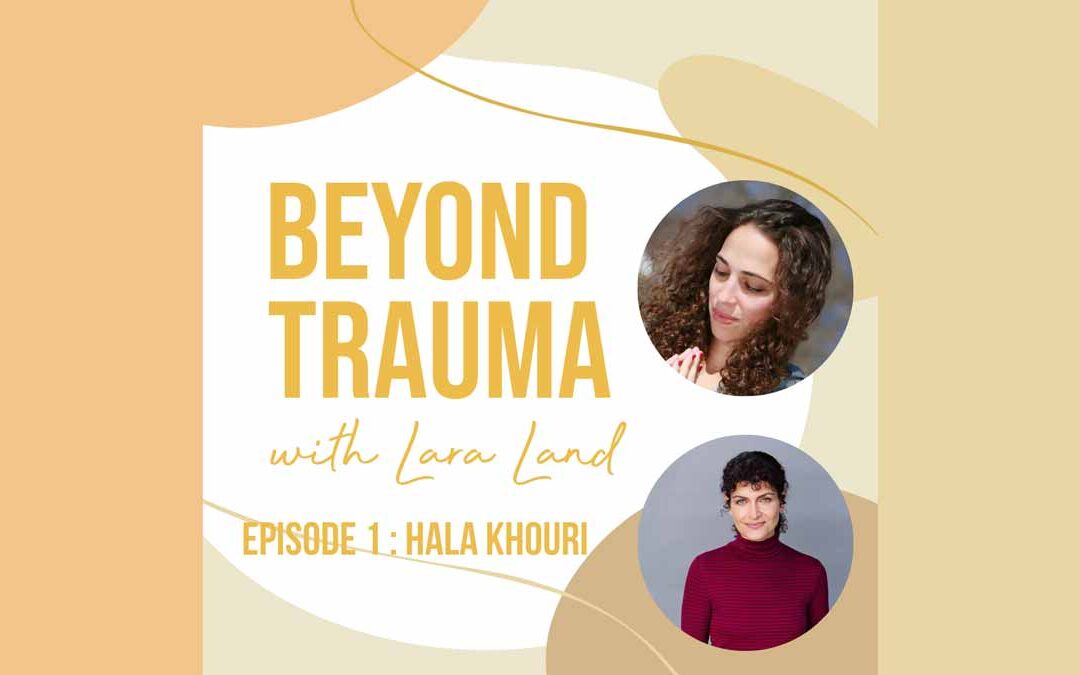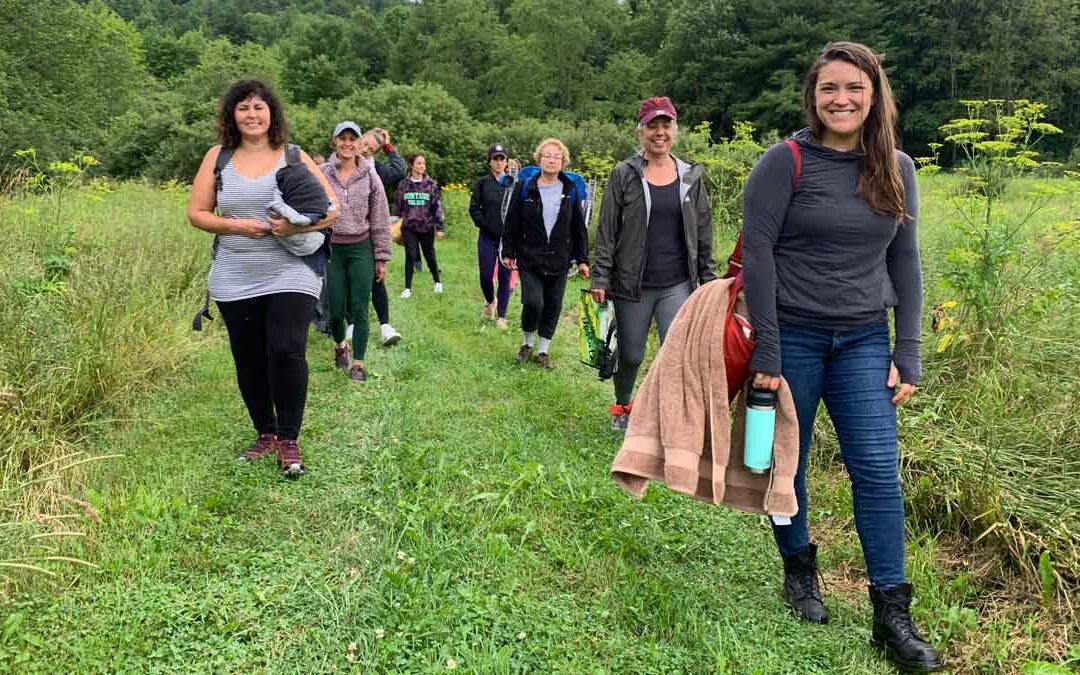
Stress Lives in the Body
Anyone who has ever worked as a personal trainer, yoga teacher, or even a waiter or waitress at a restaurant, knows that stress lives in the body. You can see it on the folks you serve, burning off them like steam or in their frozen human-like expressions. I first understood that deep muscle release would result in an emotional outpouring during my time studying theater at Boston University where we would stretch our bodies and our release sounds from deep in our guts to get at old wounds and traumas. We probably should have had some boundaries and guidance in trauma sensitivity, but that’s another story.
I encountered this pattern of emotional release again when I began to work one on one with yoga clients in their homes or in studios, clubs and gyms like the Reebok Club, now Equinox, that were popular at that time. Some similar patterns would happen where clients would start to tell me their personal stories, sometimes interrupting whole sessions to “let stuff out”. It was the body talking.
In the safety of our established relationship and with the help of a little breathwork and movement they could let go of some things they were holding onto. I was lucky that I had some active listening training and I was also sure I was often outside my scope. Trauma informed yoga teacher, Somatic Experiencing Practitioner, and Therapist, Hala Khouri has a similar story which she shared with me on the first episode of my new podcast, Beyond Trauma.
She blends modalities to best serve all the different nervous systems present in a yoga room. I really appreciated her wisdom in how to show up as a trauma informed yoga teacher and create a space safe as possible for everyone and her clarity around the variety of supports that can work together to promote well-being for an individual.
All yoga teachers and especially those who seek to be trauma informed will benefit from Hala’s tips around collective care and weaving in more than just yoga asana in the yoga room.
Check out this inaugural episode today on iTunes or Spotify and check out Three and a Half Acres Trauma Informed Yoga Teacher Training here!







Recent Comments